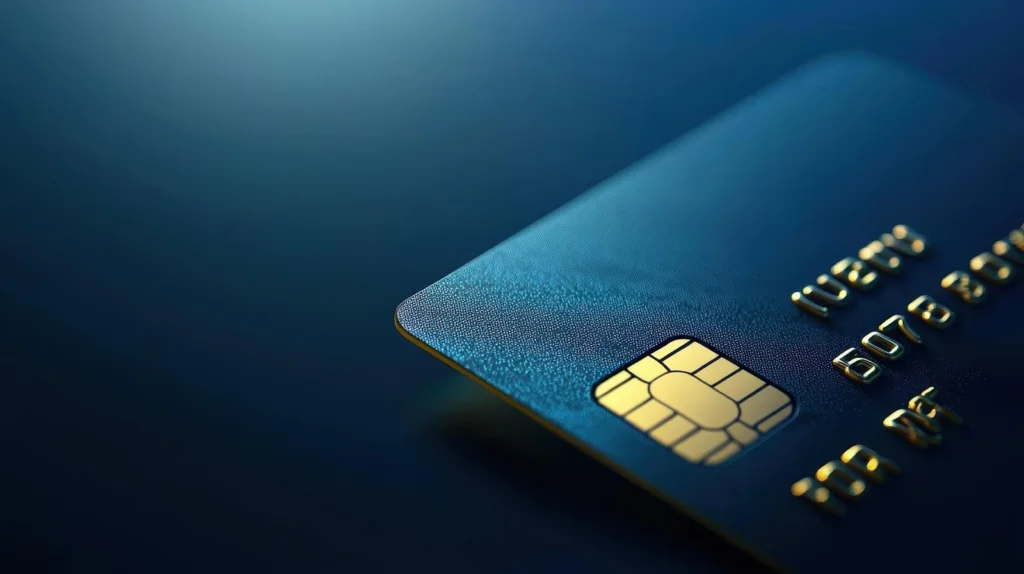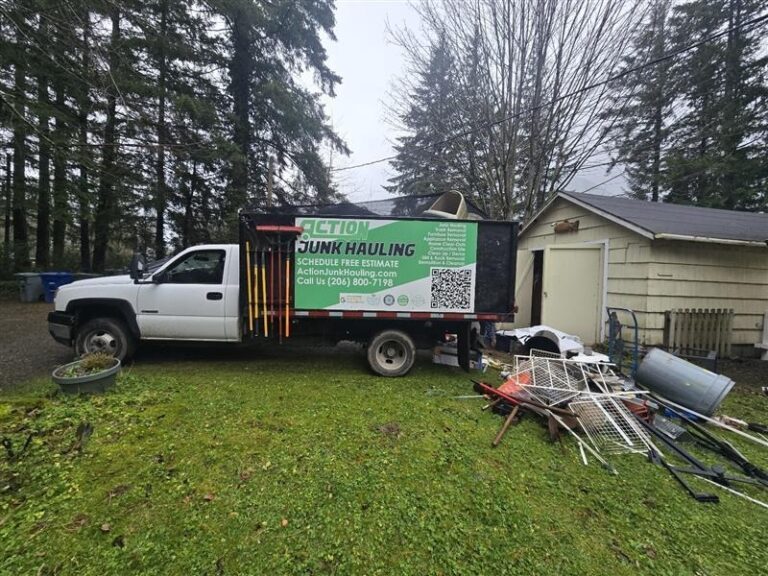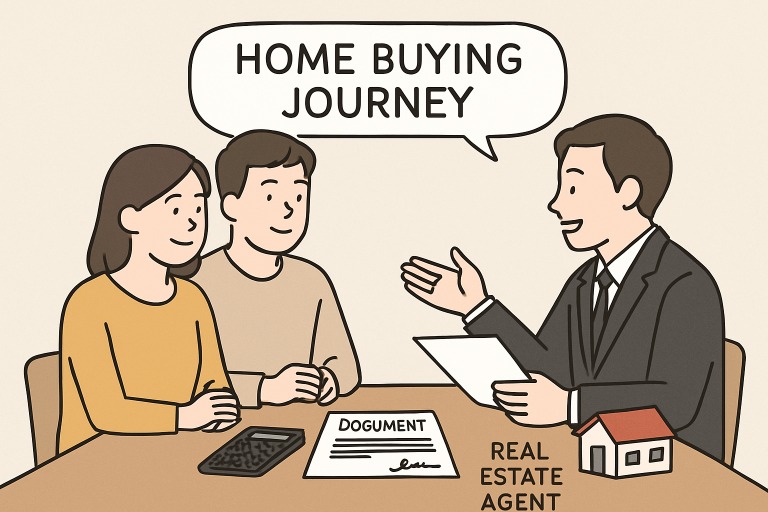Good Small Business Credit Cards for Companies with Bad Credit
For many small business owners, bad credit is a cloud that never quite disappears. It hangs around, quietly complicating things like getting approved for basic financial tools. Especially business credit cards. But here is the thing: having a low score does not mean being locked out forever. In fact, with a little strategy, even business owners with poor credit can find a good business credit card and use it to climb their way back up.
Not all cards are off-limits. Some are built for exactly this purpose, to offer credit access, restore trust, and help business owners track expenses more efficiently. A good small business credit card can play a major role in managing daily operations and building credibility. You just have to know where to look and how to use it right.
Why Bad Credit Happens and Why It Shouldn’t Be the End
Let’s be honest. Running a business is unpredictable. One rough quarter, a couple of missed payments, and suddenly your FICO score is dragging like an anchor.
For most banks, that score is everything. And when it dips into the “bad” range, typically below 580, options start to shrink. That said, bad credit is not always a reflection of bad management. Sometimes it is just bad timing.
This is where a good business credit card can quietly shift things in your favor. These cards are designed to support rebuilding. Not everyone talks about them, but they are out there – cards that report to major bureaus, cards with basic expense tracking, cards that give you just enough rope to work with, without letting you tie yourself in knots.
What Makes a Card a “Good Business Credit Card” When Credit Is Bad?
Here is the thing. Not all credit cards are helpful. Some are traps in disguise. High interest, sneaky fees, inflexible terms. A good business credit card for poor credit needs to do a few things well consistently.
Look for cards that:
- Report to at least one major credit bureau
- Have low or refundable security deposits
- Offer reasonable APR
- Include basic spending insights or integrations with accounting tools
- Do not charge monthly maintenance or hidden “activity” fees
Also, there is no shame in starting with a secured business card. It is one of the more reliable paths toward rebuilding. These cards require a deposit, sure, but they behave like regular credit – meaning your responsible use gets reported.
That reporting is key. Without it, the effort goes unnoticed. You want visibility.
Let’s Talk Options: What’s Out There?
There are a few directions to consider if you are searching for a good business credit card with bad credit.
1. Secured Business Credit Cards
These are the most common fallbacks when credit is bruised. You pay a refundable deposit (say, $500) and get a matching credit limit. If you pay on time and use it responsibly, that deposit is eventually returned—and your score improves along the way.
Many secured cards offer tools like account alerts, spend categorization, or free employee cards. They might not come with fancy rewards, but for now, that is not the priority.
2. Low-Limit Unsecured Cards
Some providers do offer unsecured cards to business owners with weak credit profiles. The limits are tight, often $300 to $1,000, and the APRs are high, but they offer one distinct advantage: no deposit required.
Again, use is key. This is not the time to rack up purchases you cannot immediately cover. Think of small recurring charges. A software subscription, a utility bill, maybe a vendor payment. Keep it lean.
3. Business Store Cards
This is an interesting lane. Cards issued by specific retailers or office supply chains are sometimes more lenient in approvals. The catch? You can usually only use them in that ecosystem. Still, it is a start.
If your business shops at the same vendor monthly, using one of their branded cards could be a stepping stone. Some even offer small rebates or discounts.
Bottom line? A good small business credit card is the one that works for your current state without putting you further at risk.
How to Use That Card Without Making Things Worse
So you get approved. Now what? How you use the card matters more than the card itself.
A few basic but critical rules:
- Pay on time. Always. Even one missed payment can hurt.
- Keep usage below 30% of your credit limit. Even better if it’s under 10%.
- Avoid carrying a balance if you can. Interest adds up fast.
- Automate the payments or reminders to stay ahead.
- Link the card to a digital expense tool. Know what you are spending and where.
Using the best business credit card wisely signals reliability. It gives the bureaus something to work with. It also sends a message to banks: you are rebuilding, slowly and responsibly.
Warning Signs: What to Watch For
Not every offer is a good one. Especially if you are desperate for approval.
Be cautious of cards that:
- Require huge upfront fees
- Charge interest even during the “grace period”
- Do not clearly state their reporting practices
- Have vague customer service policies or no clear dispute channels
This market (low credit lending) is often filled with aggressive terms. A good business credit card should not feel like a punishment. If the terms sound off, walk away.
Conclusion
This whole process is about moving forward. A good small business credit card is more than a convenience. It is a strategy. You are laying groundwork for better loan options, cleaner bookkeeping, smoother operations down the road.
No card will fix your credit overnight. But over a few months? A few smart billing cycles? Things start to shift.
So, is a business card going to solve everything? No. But can it give you some control back? Yes. Especially when the world tells you you are too risky to bet on.
The trick is proving them wrong. Quietly. Consistently.







